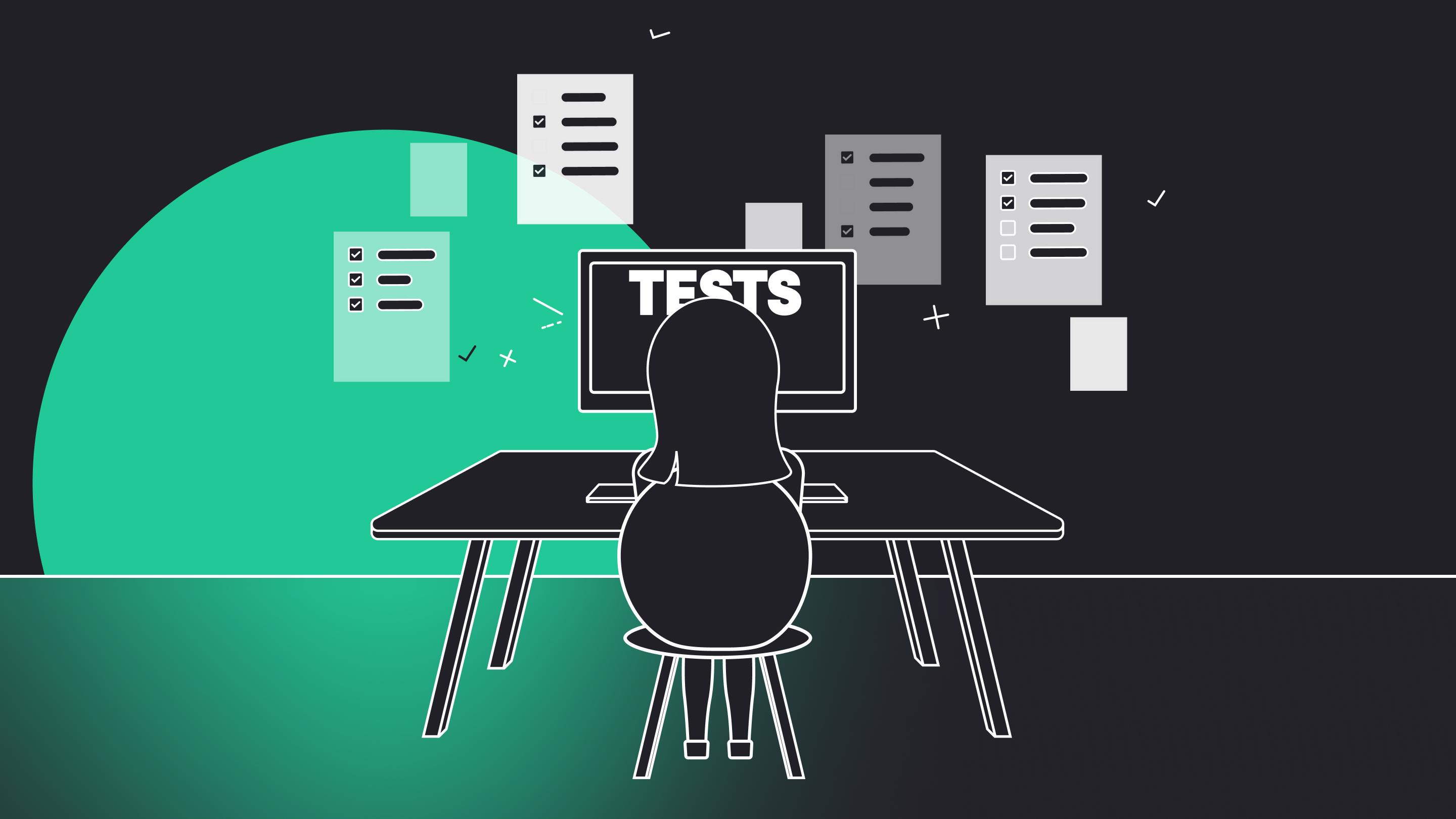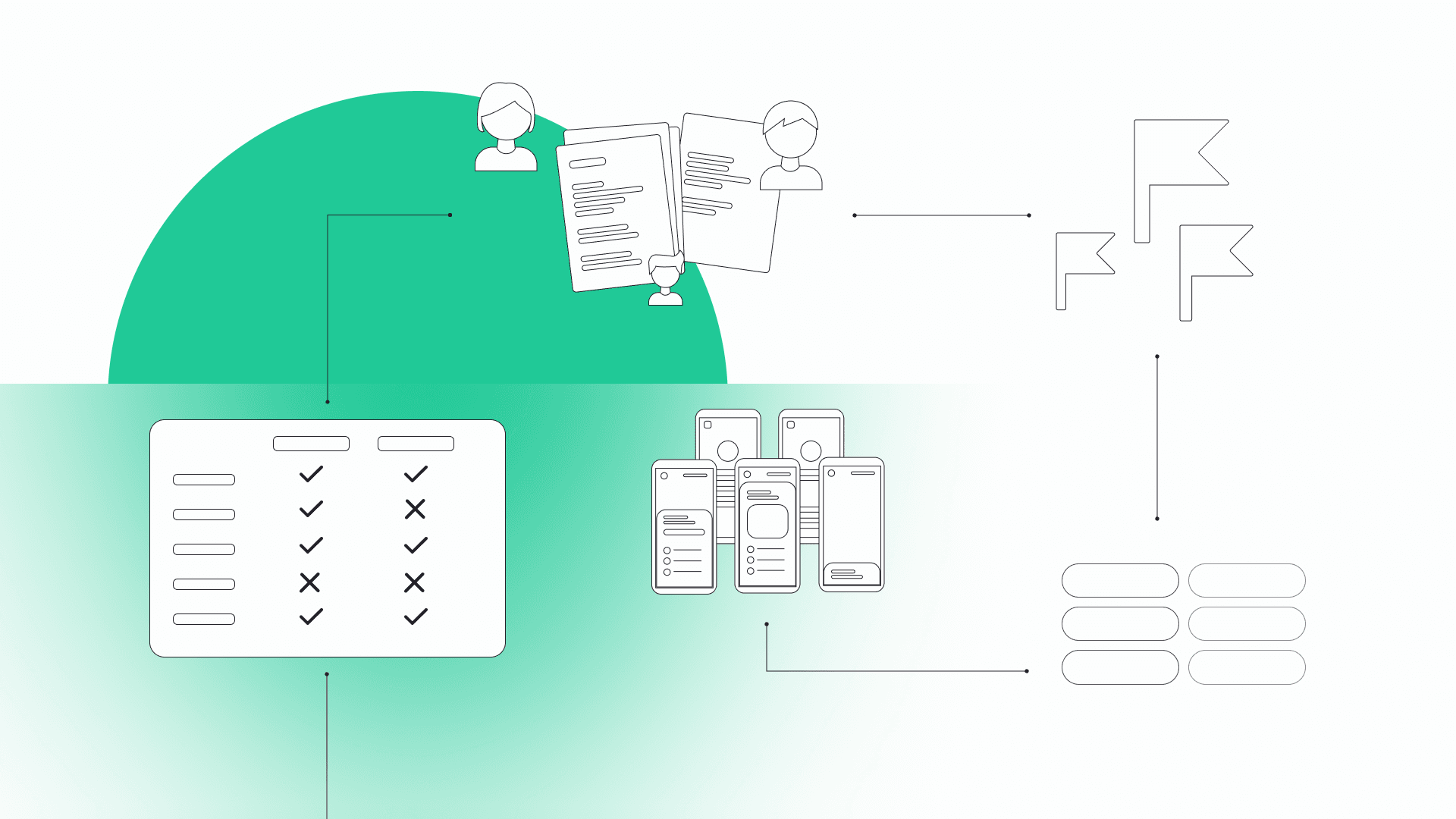

When thinking about company culture, the first things that come to our mind are values, traditions and practices that identify a given organization. But it’s much more than this. Company culture is also about the operation of team members – developers, designers, product owners. How they work, their communication style, and how the process differs depending on their role. Everything here can influence a project’s success, its progress and most of all – customer satisfaction.
In the previous article about company culture, I talked about our goals, Gorrion’s core values and traditions. In this one, I’ll tell you about our work routines throughout the project process, communication style and operation of our Agile teams.
How does the Agile manifesto help us build more refined digital products? How does the company management look like at Gorrion? And lastly, what’s your role in the project? In other words, how we work: management culture, Scrum, and the client’s role.
Management culture in a software development company
We base our work on Agile Methodology – a project management process mostly used in the software industry. We chose this approach because it aligns with the values and principles in our company culture. Agile values, such as open communication, flexibility, trust and self-organization in the teamwork, is something that we were already familiar with. So we implement it without any significant practice-shifting.
We like Agile development because it’s based on iterative planning of the Scrum teams, which allows continuous improvement. This, in turn, helps us deliver the product that meets users’ needs. Agile processes focus on efficient production, collaboration, transparency, and rapid development of smaller sets of work under an overall plan.
In Scrum, we believe�
Now, let’s talk about the Agile framework – Scrum. We’ve already mentioned it here and in the article about the workshop, so let’s just quickly recall the basis.
Sprints are repetitive time boxes with a determined goal that has to be achieved within the given sprint. At Gorrion, we prefer 2-week sprints, although it may happen that we also hold shorter ones.
Here’s how the process looks like in short:
Sprint planning
As the name suggests, it’s where the team gathers and plans the sprint along with setting its goal. Also, it’s worth mentioning that everything is managed not by the project manager (although it could be one of their roles) but rather by Scrum Master.
Daily Scrum
During the sprint, the Agile team holds daily meetings to recall the goal of the Scrum project, talk about the previous day’s achievements and plans for the next one. They last no more than 15 minutes, and they’re held at the same time every day.
Sprint review
At the end of each sprint, there are sprint reviews and sprint retrospectives. Here, we evaluate our work and track progress – the one that is finished and the uncompleted one. We also present the finished work to the clients and later plan our next tasks.
Sprint retrospective
A meeting during which a team discusses the sprint and everything that happen in between. Listing the pros and cons helps us improve the next sprint.
In our case, this Agile operating model works with almost every project and team. Agile software development facilitates the job and keeps us motivated, as we have to plan the tasks a week ahead. Moreover, it’s very flexible, focuses on teamwork, but also leaves space for autonomy. All Scrum team members are responsible for their part of the tasks. However, we all have the same goal in mind. And that’s the core of the Agile culture.


Have a project in mind?
Let’s meet - book a free consultation and we’ll get back to you within 24 hrs.
4 pillars of product development process
Our workflow changes depending on the type of project. We always try to adapt to current circumstances and make the best of the situation. But some things are constant. For us, these are:
Open communication
Once I told you about our work methodology, it’s time to discuss communication. We talk to each other daily via Slack – we make calls, send messages and screenshots. Frequent checkups and openly talking about issues keep us up-to-date with the project. Such measures also prevent any misunderstandings and strengthen the trust in the entire team.
Close cooperation
At Gorrion, a strong relationship within the development team is equally important as the relations between groups. That’s why we enhance the feeling of belonging whenever we can. We do it through traditions and celebrations, which you can read here. Giving feedback and working together on a digital product is also a way to build a strong relationship in the group.
Early engagement
We believe in early involvement in the project, as we want to get to know your business and its needs as well as possible. Thanks to this, we’re more engaged in the project as each person has a role to play and wants to do it well. If you’d like to find out more about how such cooperation looks like, read the article “How designer – developer collaborations changed the way we think about projects“. It will provide you with insights into the relations and help you understand the dynamics in the project teams.
Testing
We take every opportunity to write about the importance of testing. This one’s no exception. Thanks to usability tests, we can adapt the solutions to its target audience. Because of them, the digital product is far more intuitive and have added user-friendly features. Usually, we carry out tests on a prototype and then on an MVP to double-check everything. We’ve already written about testing and the process of product validation in the previous blog posts if you want to look into the subject in a more detailed way.
How about you?
Our experience in cooperation with various clients lets us continually refine our process while still adapting it to how our clients work. When we start our collaboration, you become a part of the team.
By conducting interviews, workshops, research, doing MVP and tests until the final product development, we want to make sure that you’re going to get the needed solutions. We always seek to build a product adjusted to market needs. Striving to achieve Product/Market Fit, we continuously refine the product using feedback from the tests. Also, because of the flexibility and transparency, our work is much more stable and efficient. Every person in the team wants to contribute to the product’s success.
Conclusion
I hope that with this article, we’ve shown you how the work during the project looks like at Gorrion. As you can see, our company culture also translates into effective teamwork. Of course, there’s much more to discover about the process.
Read our ebook to get the information about the initial stages of outsourcing digital product development. What you should and don’t have to know, how to prepare for the process – it’s all there. And if you want to discuss your idea, book a meeting with Leo or send us a message. We’d be happy to talk to you.


Have a project in mind?
Let’s meet - book a free consultation and we’ll get back to you within 24 hrs.
Ela writes about the fundamentals of great development, project management approaches, ways to develop a proof of concept or an MVP, UX, our company culture, and many other things happening in Gorrion.



